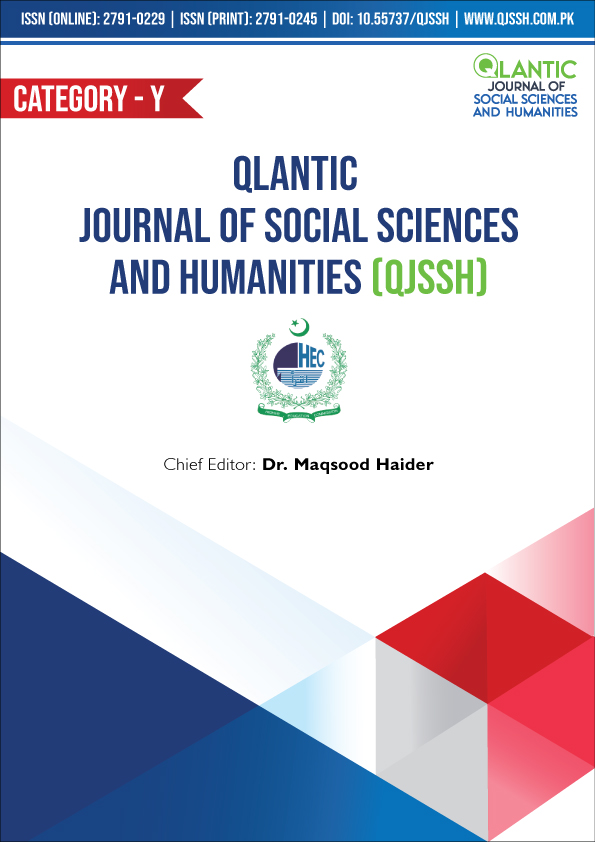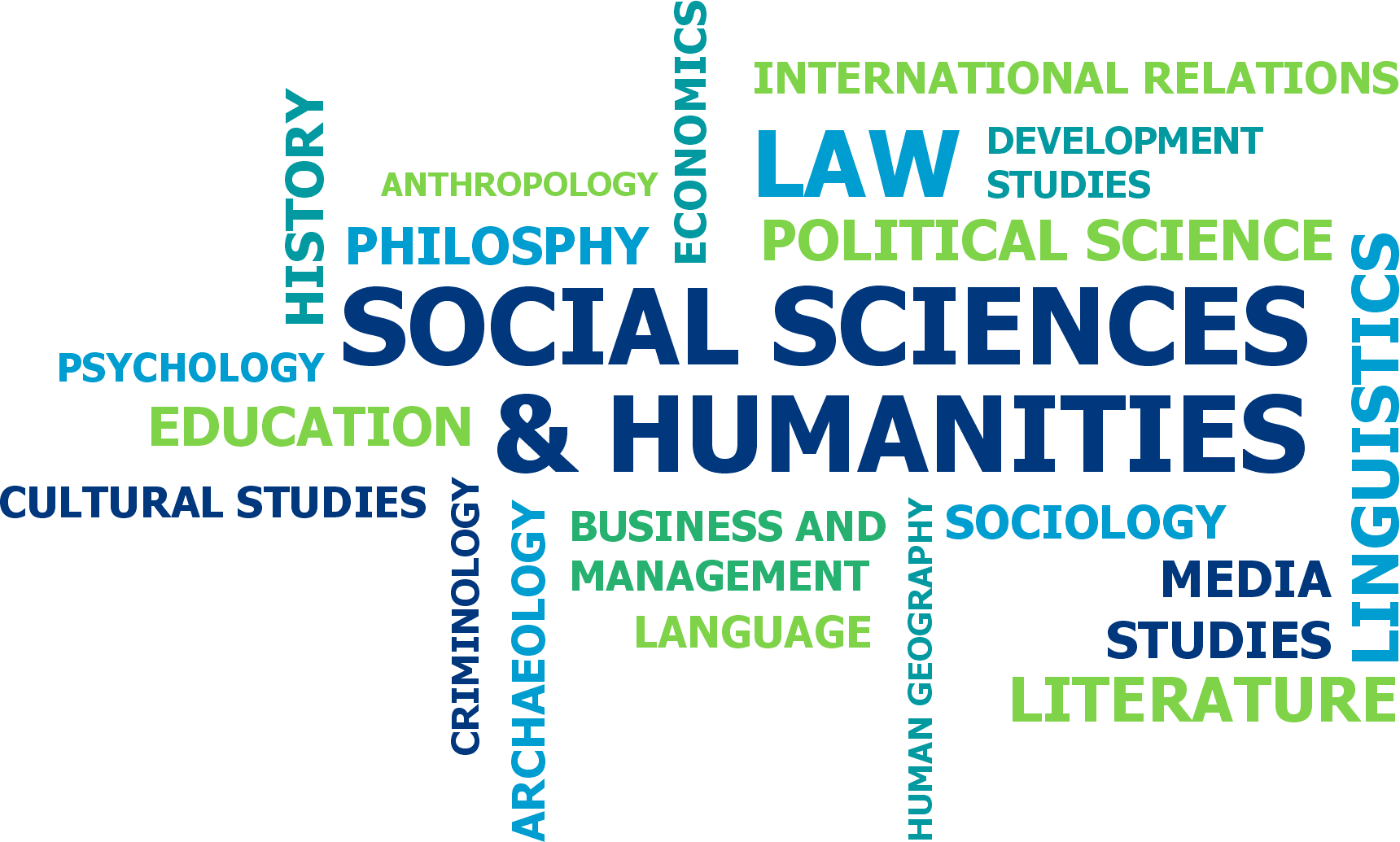The Role of Literature in Shaping Perceptions: A Study of Burnt Shadows and Global Narratives
DOI:
https://doi.org/10.55737/qjssh.vi-i.25311Keywords:
Islamophobia, Racism, Deconstruction, Narratives, Interfaith DialogueAbstract
This study aims to analyze how modern expressions of prejudice, i.e., against marginalized groups, are a development of previous racist ideologies. It uses Edward Said's Orientalism alongside Fredrickson's "scavenger ideology" to discuss how fictional accounts construct Muslim identities along with sociopolitical narratives (Said, 1978). The study analyzes Kamila Shamsie's Burnt Shadows as an anti-dominant account to challenge mainstream representations of the Muslim community. The deconstruction model of Derrida is applied to this study to critique oppositional oppositions within Western literary works depicting the link of Muslim identity to radicalization. By positioning Burnt Shadows within racial and religious discourses, the present research foregrounds literature's potential to promote a more realistic understanding of Muslim identity. In conclusion, the research highlights how counter-narratives have the potential to broaden the conversations about representation, identity, and cross-cultural encounters within literary studies.
References
Abbas, T. (2017). Islamophobia and its discontents. In Islam and postcolonial discourse (pp. 133–146). Routledge. https://doi.org/10.4324/9781315589923-9
Abbas, T. (2023). Conceptualizing the waves of Islamist radicalisation in the UK. Journal of Contemporary European Studies, 32(3), 705–718. https://doi.org/10.1080/14782804.2023.2204421
Anderson, L., Shahbazi, S., & Abid, M. (2021). The Islamophobia Index: Exploring the challenges in establishing reliability for a content analysis instrument evaluating Islamophobia in media texts. Islamophobia Studies Journal, 6(2). https://doi.org/10.13169/islastudj.6.2.0182
Banerjee, D. (2024). Frontier Stories: Burnt Shadows and an alternative ethic of narrativizing violence. Critique Studies in Contemporary Fiction, 1–9. https://doi.org/10.1080/00111619.2024.2386101
Considine, C. (2017). The racialization of Islam in the United States: Islamophobia, hate crimes, and ‘flying while brown.’ Religions. https://doi.org/10.3390/rel8090165
Considine, C. (2017). Islam, Race, and Pluralism in the Pakistani diaspora. https://doi.org/10.4324/9781315462776
Derrida, J. (2016). Of grammatology. In Johns Hopkins University Press eBooks. https://doi.org/10.56021/9781421419954
Fredrickson, G. M. (2002). Racism: A short history. Princeton University Press.
Kathawalla, U., Gulamhussein, Q., Chan, F. B., Riegelman, A., & Syed, M. (2024). Conceptualization and measurement of Islamophobia: A systematic review. Analyses of Social Issues and Public Policy, 24(3), 832–924. https://doi.org/10.1111/asap.12426
Riaz, H. (2022). Unfolding Islamophobic racism in American fiction. Lexington Books.
Sadaf, S. (2018). Human dignity, the ‘War on Terror’ and post-9/11 Pakistani fiction. European Journal of English Studies, 22(2), 115–127. https://doi.org/10.1080/13825577.2018.1478255
Said, E. (1978). Orientalism pantheon books. New York.
Sutkutė, R. (2023). Media and New Media Representation of Islam and Muslims during the "Clash of Civilizations": Constructive Dialogue or Destructive Stereotypes? DergiPark (Istanbul University). https://dergipark.org.tr/tr/pub/yenimedya/issue/81666/1404056
Trust, R. (1997). Islamophobia: A challenge for us all. London: Runnymede Trust.
Downloads
Published
Issue
Section
License
Copyright (c) 2025 Misbah Tariq, Ifrah Nayab, Aneela Anjum

This work is licensed under a Creative Commons Attribution-NonCommercial 4.0 International License.





